Paleontologists from the Royal Ontario Museum have discovered the world’s oldest brain in the remains of a petrified three-eyed creature Stanleycaris hirpex, living in the ocean more than half a billion years ago. He retained not only the brain, but also the nervous system, which provides unprecedented information about the ancestors of arthropods. This finding sheds new light on the evolution of the brain, vision and head structure of insects, spiders and crustaceans. The results of the study were published in the journal Current Biology in the article “A three-eyed radiodont with fossilized neuroanatomy informs the origin of the arthropod head and segmentation”.
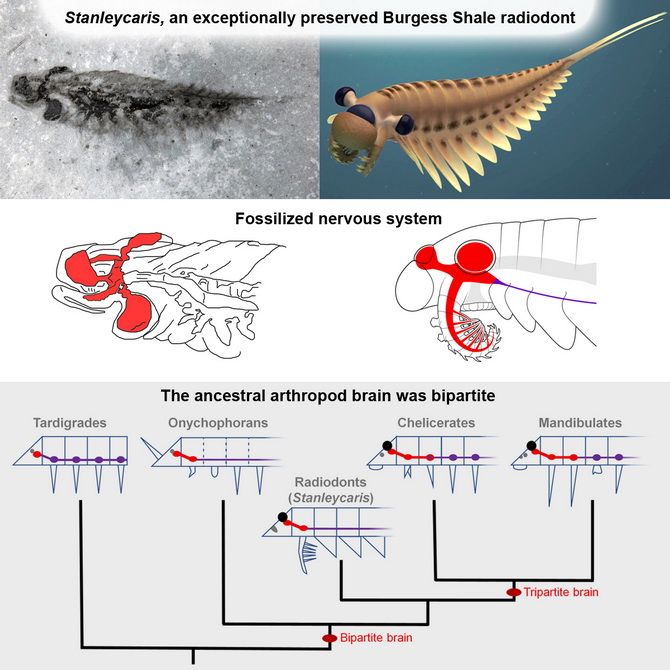
Fossilized radiodonts from the Cambrian period
Stanleycaris lived during the Cambrian Explosion, a period of rapid evolution in which most of the major animal groups are recorded in the fossil record. It belonged to an extinct branch of the arthropod evolutionary tree called radiodont, distantly related to modern insects and spiders.
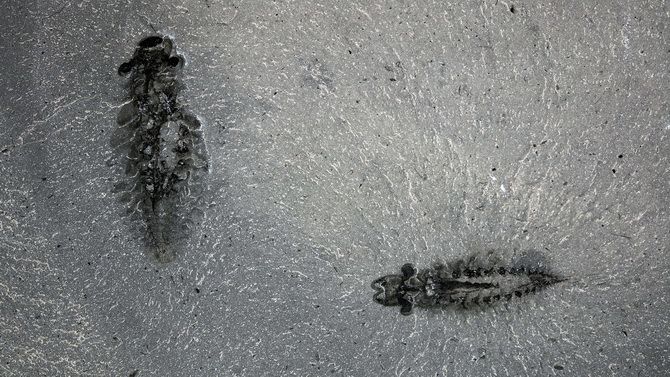
Radiodonts were predators, lived in the middle Cambrian period and had two highly developed abilities: swimming and hunting. The creature Stanleycaris hirpex, outwardly similar to a shrimp, had a short length (10-20 cm) and an intimidating appearance. He possessed an apparatus of spiky claws and a round mouth, which made him look very ferocious. A round mouth studded with teeth, two pairs of hard blades along the lower part of the body, trident-shaped front spikes that stuck out to each other from the opposite appendage terrified prey.
In addition to a pair of prominent lateral eyes, Stanleycaris had a large central eye at the front of its head. The presence of a third eye came as a surprise to scientists, as this had never been seen before in radiodonts.
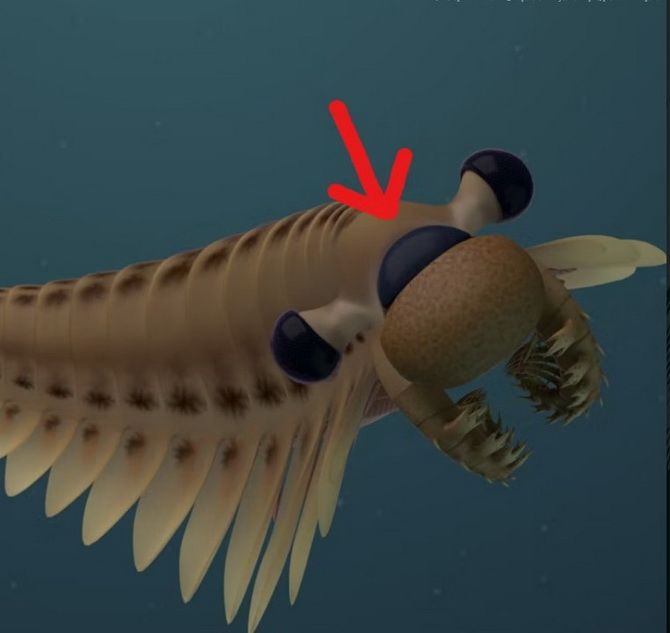
Despite Stanleycaris’ whimsical appearance, the crew’s biggest concern was the contents of its head. 84 specimens still have brains and nerves, a fantastic find that is 506 million years old. They give an idea of what the ancestral nervous system looked like. Research shows that the brain of Stanleycaris consisted of two segments, and not three, as in modern insects.
Burgess Slates
The fossils were collected in the 1980s and 1990s from rock layers above the famous Walcott Quarry in the Burgess Shale. These are fossil deposits in the Canadian Rockies of British Columbia. The Walcott quarry, located at an altitude of more than 1500 meters above sea level, was flooded by the ocean. However, that is why it has become one of the most famous and unique fossil sites in the world. 508 million years ago, a sudden underwater debris flow (later known as the Burgess Shale) instantly killed thousands of bizarre ancient creatures. This event created a time capsule allowing scientists to look into the Middle Cambrian period. One of the fossils, which was taken to the Royal Ontario Museum, was removed as an object of study after 20 years there.
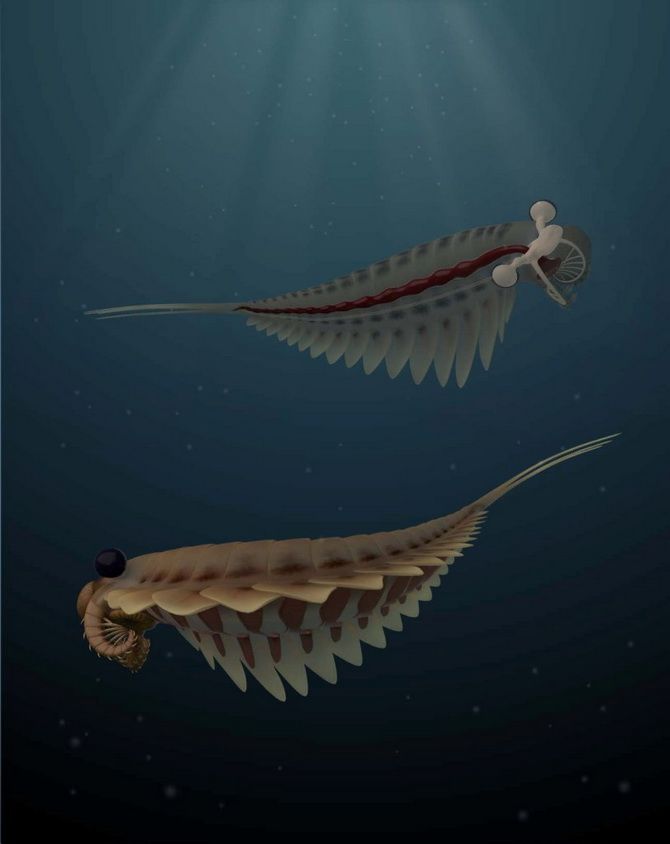
Fossils of radiodonta are rare and often fragmented, leading to debate in the scientific community about how to interpret them. But a new study by a team of scientists at the Royal Ontario Museum in Toronto has begun to piece together the pieces of evolution.




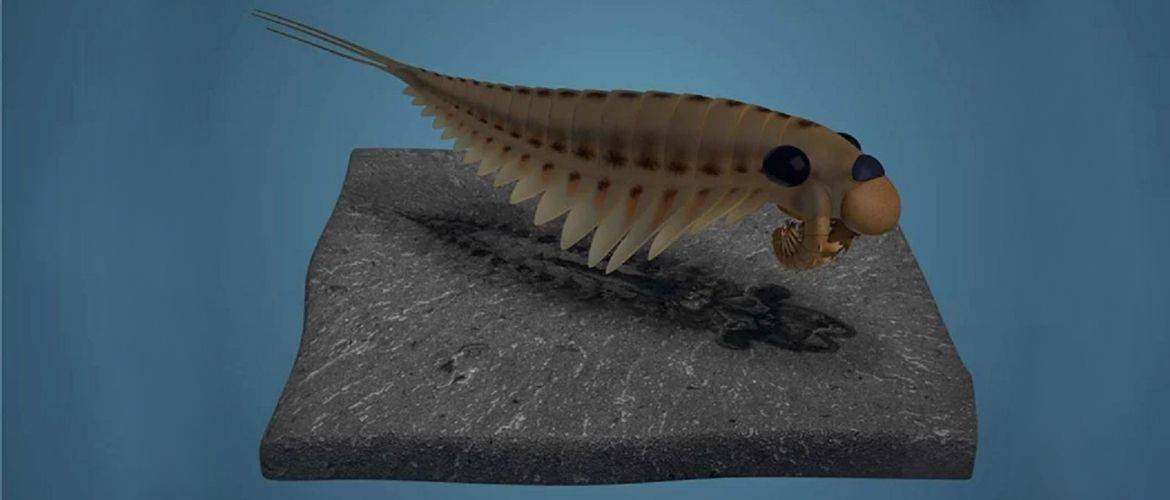


Only registered users can leave comments